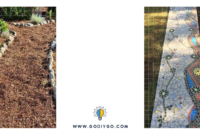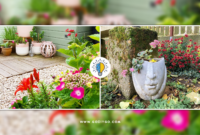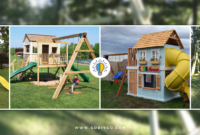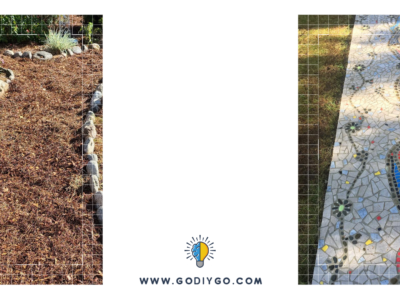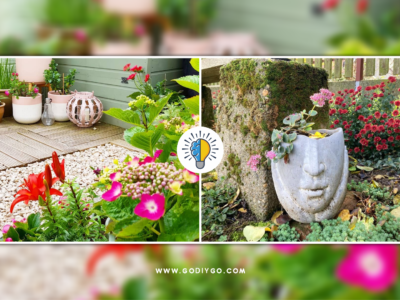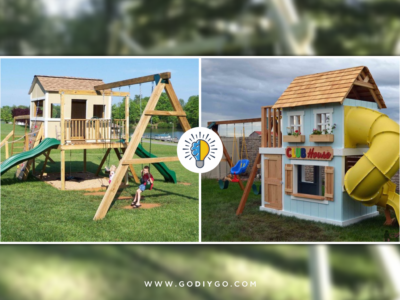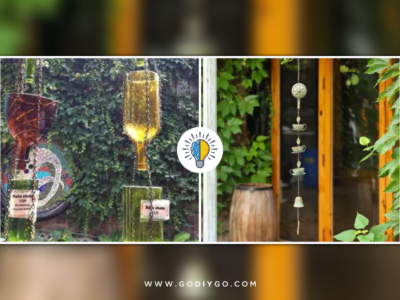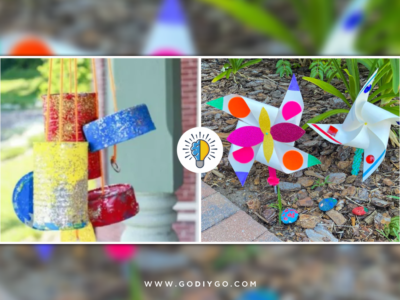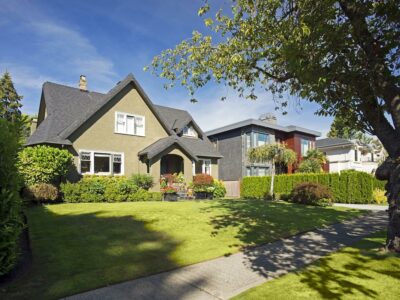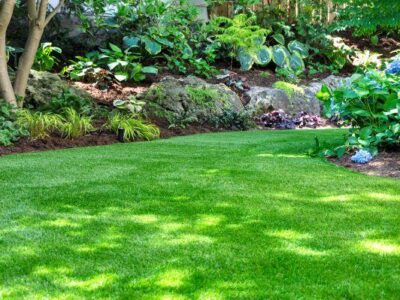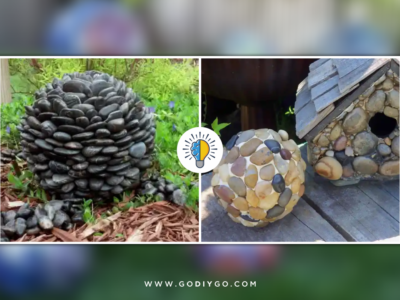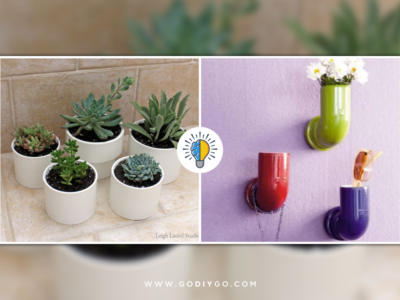Growing your own produce can be a fun and rewarding hobby. There are many benefits to planting your own garden, including the ability to enjoy fresh vegetables and fruits, as well as save money on food costs. If you’re interested in growing your own produce but aren’t sure where to start or what you should plant, this blog will answer some of the most common questions about starting a home garden. We’ll explore soil, sunlight, water, and more! So if you’re looking for advice on how to grow your own produce at home without any hassle then read on!
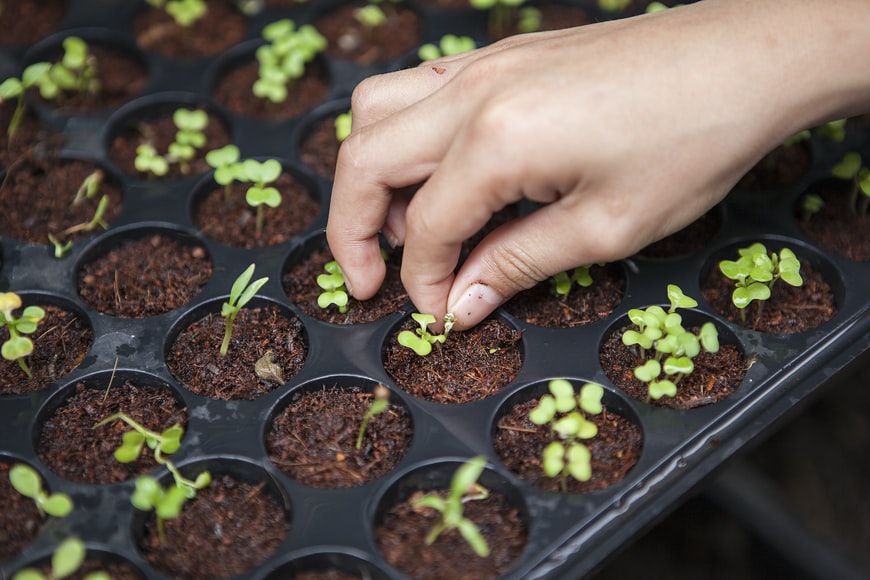
Seeds or Starts?
What is the best way to start growing your garden, with seeds or starts? According to https://seedsheets.com planting your own plants will allow you to “take control of your food [and] wear your sustainability on your rolled-up sleeves”. Before you start planting anything in your own backyard, consider how long it will take for your produce to grow and mature. This is because some plants will require more time than others. For example: tomatoes, potatoes and rhubarb can take 8 to 10 weeks while spinach and lettuce only need about 2 1/2 weeks before they’re ready for harvest.
Seeds vs Starts When starting a new plant from seed you’ll normally be required to add them into the ground within 4-6 weeks of sowing them. Another benefit of using starts is that they’re often hardier than seeds so if something should happen you won’t lose everything that you’ve invested in. This is not always the case but since starts are grown in protective greenhouses, they’re more likely to survive harsh weather conditions (e.g., frost, heavy rainfall).
Where to Plant?
You can choose to grow your own produce indoors in containers, outdoors in the ground or in raised beds. It all depends upon what you want to achieve and how much time you want to spend tending to them. If you live in an apartment where there’s no yard space available, then growing veggies in planters is a great solution . Container gardening also works well if you don’t have room for garden beds either! Raised beds are essentially small gardens built from pavers or stones that contain soil placed on top. Raised beds allow for more productive planting areas since they provide better drainage compared to traditional garden plots . They also keep plants warmer at night which benefits certain vegetables that require hotter temperatures during the day and cooler temperatures at night.
In your garden, it’s a good idea to have an even distribution of sunlight throughout the day. If you decide to use raised beds for your veggies, place taller plants in the back and shorter ones in front so that they will receive an equal amount of light. For example, if you’re growing corn or sunflowers, keep them in a location where they can easily get lots of sunlight without being blocked by other crops surrounding them. But remember…sunlight isn’t everything! Some vegetables require shade while others require more sunlight. Be sure to research which type is more beneficial specifically before planting anything ! Also, plant flowers near them as well – not only do they add beauty, but some will
Watering Your Garden?
Yes! Planning how much and when you’ll need to water your product will depend on where you live and what type of product you’re growing. Before planting anything it’s important to know some key facts about your local climate so that you can adjust accordingly. For example, does your city get lots of rain or very little? If it rains frequently, then there won’t be any need for additional watering because the ground should remain moist enough for growth. However, if your area gets less than 20 inches of precipitation per year, it’s best to irrigate up to two times a week for about an hour each time.
Is My Soil Good Enough?
You may be wondering what you should do if your soil isn’t that great or you plan on planting somewhere where the soil is either very rocky, sandy, or clay-like. If this is the case, then growing in raised beds filled with topsoil will work well for you. The next question you may ask is “What kind of topsoil should I use?” Well…it depends again on several factors like how much water your area receives and what type of product you intend to grow.
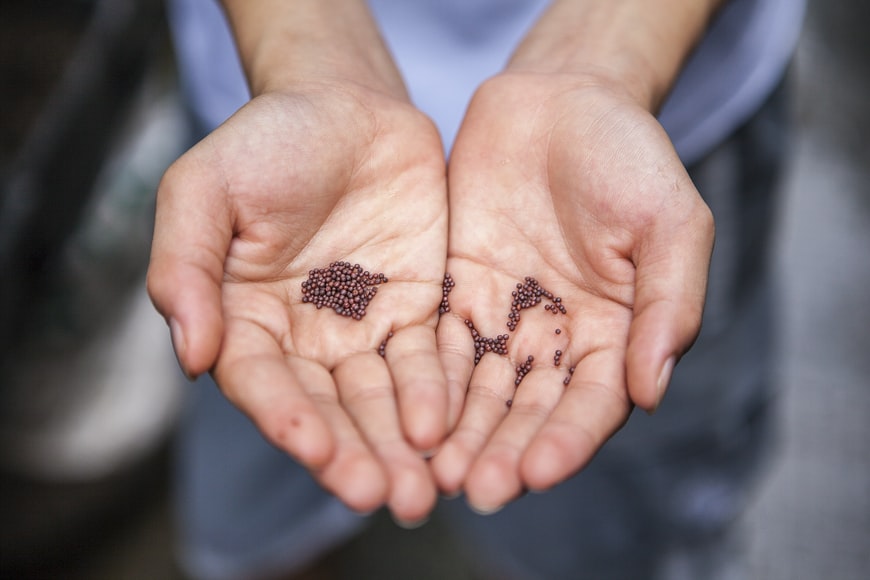
Growing your own produce can be a fulfilling and rewarding experience. It takes time, patience and effort to get it right but the payoff is worth it! We hope that this article has given you some great tips on how to plant everything from tomatoes to strawberries – all without spending hours in the garden every day.


